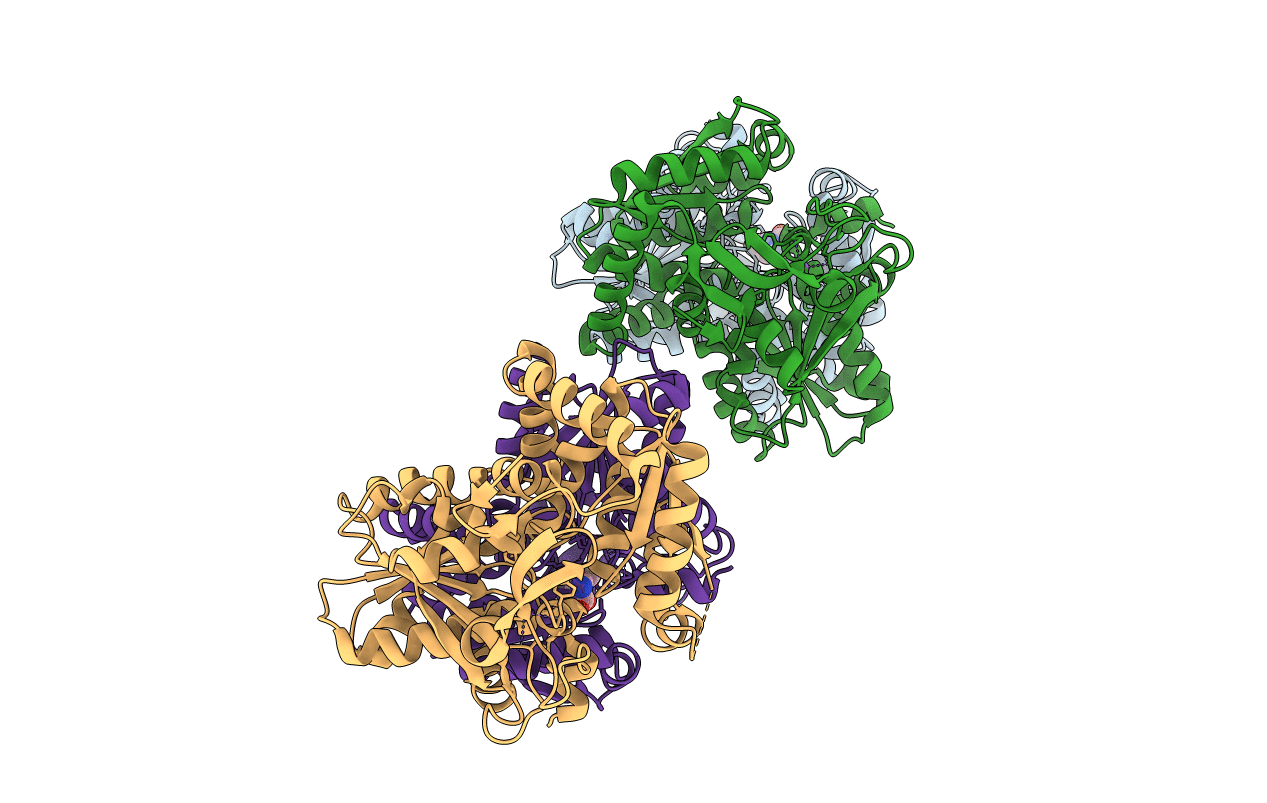
Deposition Date
2021-07-30
Release Date
2022-08-03
Last Version Date
2023-11-15
Entry Detail
PDB ID:
7ROF
Keywords:
Title:
Engineered tryptophan synthase b-subunit from Pyrococcus furiosus, PfTrpB2B9-H275E with L-Trp non-covalently bound
Biological Source:
Source Organism:
Pyrococcus furiosus (Taxon ID: 2261)
Host Organism:
Method Details:
Experimental Method:
Resolution:
2.39 Å
R-Value Free:
0.27
R-Value Work:
0.22
Space Group:
P 21 21 21


